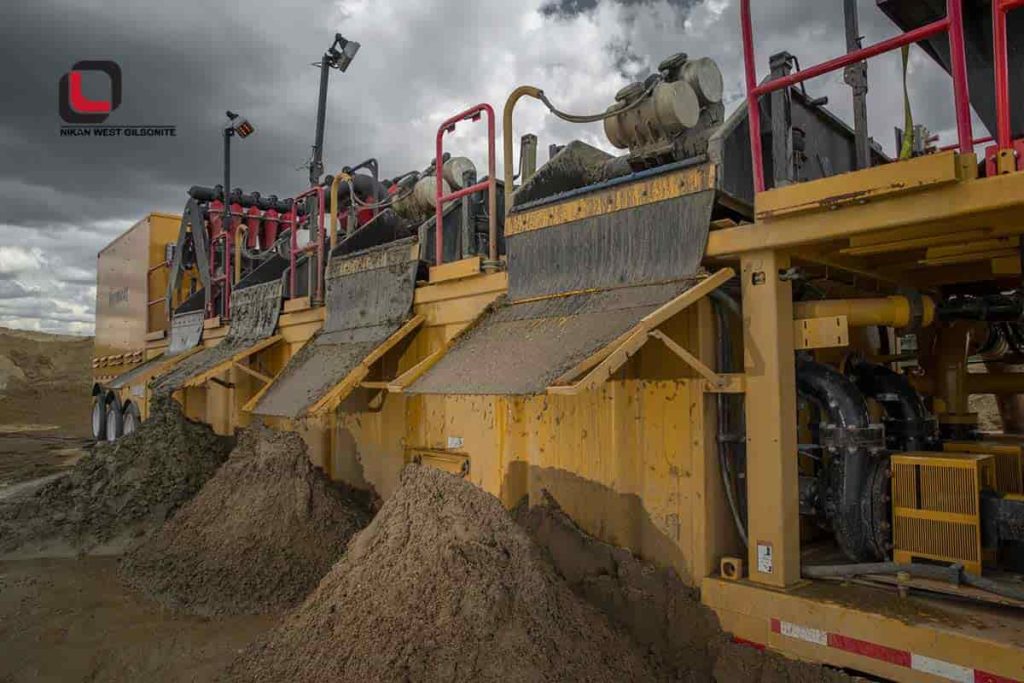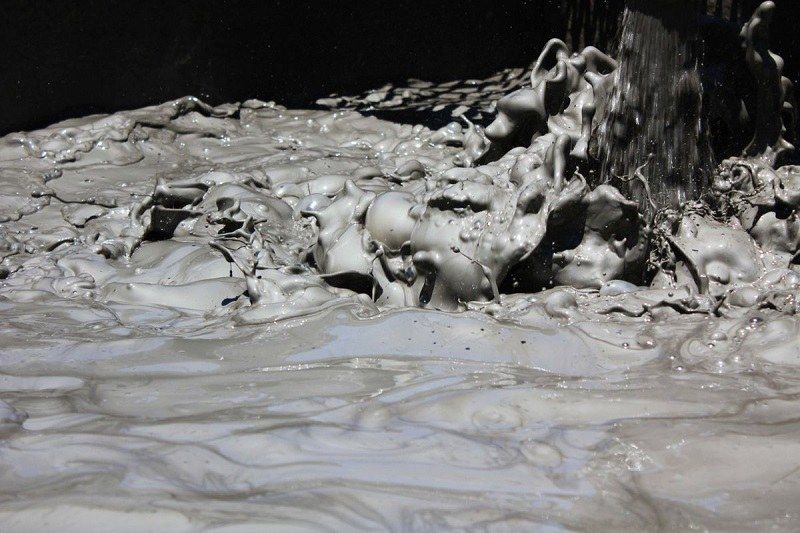In this article from Nikan West company the gilsonite producer in iran we talk about the concept of rheology in drilling fluids or drilling mud.
what is the mean of rheology in drilling fluids ?
Drilling fluids behave according to the concept of rheology. Rheology in drilling fluids means the kinetic structure of these fluids. The literal meaning of rheology is “motion science.” The word has Greek roots and is derived from the combination of Rao meaning movement and logic, meaning science and knowledge.
In general, the science of rheology examines the force applied to various objects which causes them to move. In this science, the force applied to the body changes its shape. If this deformation is irreversible, it is called plastic, and if it is reversible, it is called elastic.
Familiarity with drilling fluid flow
The difference between fluids and other forms of materials is in the continuity of the flow. According to the rheology in fluids, the solid particles in a fluid are affected by both gravity and hydrodynamic forces.
Gravity
First of all, the motion of solid particles within a fluid depends on the force of gravity. This proposition means that the force of gravity always causes particles to move toward the lower spaces. In a simple example, imagine a well in the shape of a cylinder full of drilling mud . The particles in the mud, according to the law of gravity, always tend to move downwards.
Of course, this tendency is not always subject to the law of gravity. Because no fluid can be considered a complete liquid, because the concentration of all liquids is above zero. Therefore, the motion of the particles in the drilling fluids is also affected by other forces.

Hydrodynamic force
The second force that affects the flow of fluids is known as the hydrodynamic force. The hydrodynamic force in drilling a deep well is the same force that the pumps provide, causing the drilling fluids to flow.
This force is initially created from the tip of the drill and at the end of the well which helps to solidify well particles, which are the same chips as drilling; Drill in the mud and climb up against the force of gravity and eventually exit the well.
Recognizing these two forces acting on drilling mud, the concept of rheology in fluids proves that in order for drilling rigs to exit the bottom of the well, the hydrodynamic force must overcome the gravitational force; to increase the ability of climbing diggers to fall compared to their fall.
Other forces applied to drilling fluids
Of course, other forces also affect rheology in drilling fluids. One of these important forces is the abrasive effect of the well wall. This means that the cover of the drilling mud to the well wall is a force against both gravity and hydrodynamic forces. Also, the diameter of the well or the pipes extracting the drilling fluid from the well are effective in the exit rate of the drilling mud and the holes associated with it.
The last effective force on this issue is the geometric shape, density and weight of the excavators in the well; which must be removed by drilling mud. In fact, the heavier the existing excavations, the denser they are; so they need more power to exit.
In this context, by reducing or increasing the specific gravity of drilling mud, the most available forces can be used; and it can remove the chips and stumps from the bottom of the well, using less force.
Why should we remove drill bits?
Naturally, there are clear reasons for the excavation. To make it possible to dig a deep well, the dugouts and chips must be removed. Another important issue is the possibility of continuous drilling work; if we don’t get these pits out of the well, the drill will work harder and it will get stuck in the mud.


